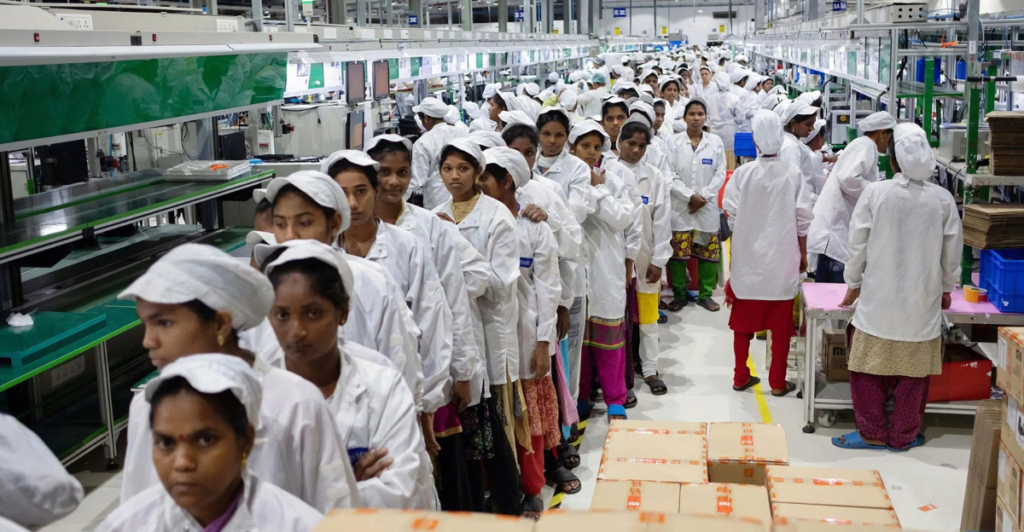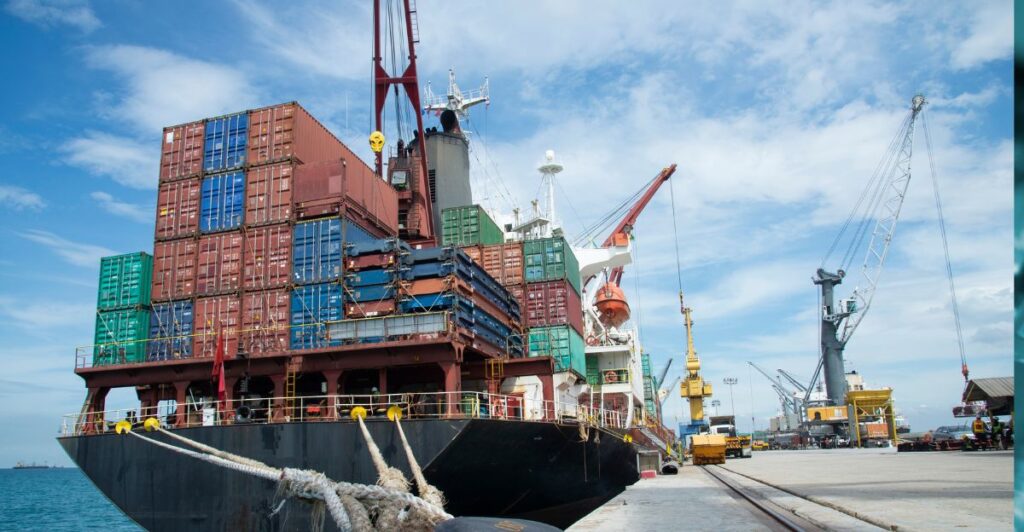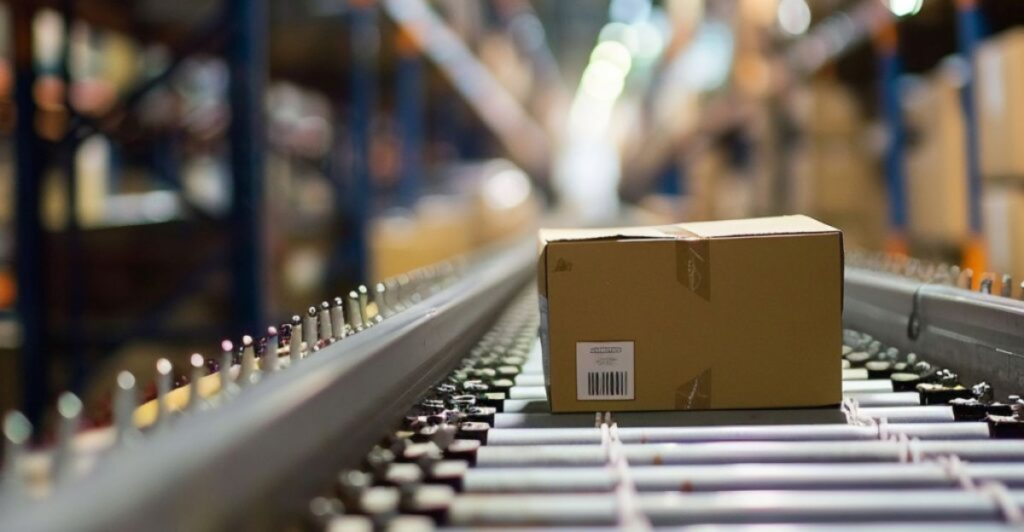
Amid costly tariffs that could spell trouble for both Apple and its consumers, the company has started to look to other countries to manufacture its products.
Driven by the escalating tariffs between the U.S. and China, the company is relocating many of its iPhone, iPad, and Apple Watch production to countries like India and Vietnam.
This means that in the future, most iPhones that come into the United States could be made in India, while Vietnam could become the central place where iPads and Apple Watches are made. This is a move to avoid the high tariffs that would affect not only the company but also the consumer.
Historical Context

iPhone started production in China in the 1990s, with Foxconn’s Shenzhen factories becoming a big part of iPhone’s global success. China has offered a large labor pool, advanced logistics, and government incentives that have made it an important production hub for Apple.
In 2024, most iPhones were still being produced in China, but things quickly shifted as trade tensions and costs rose which undercut the advantages that made China an attractive place for production in the first place.
In the future, Apple’s production in China will most likely drop substantially.
Tariffs And Trade Wars

The tipping point for Apple was the U.S. and China trade war, in which tariffs on Chinese electronics risked the company nearly an additional one million dollars in quarterly costs.
This forced them to pivot quickly and make a decision. They could have either absorbed the costs, passed the additional production cost onto consumers, or moved production elsewhere.
The latter was chosen, and investments in India and Vietnam have increased to make sure U.S. customers won’t have to brunt the force of higher-priced Apple products. Other technology-based companies may also use this strategy amidst these tariffs.
New Manufacturing Hubs

With Apple looking to India and Vietnam as new manufacturing hubs, India is now assembling a growing share of iPhones for the U.S. market to circumvent the trade war.
There are plans to double the capacity of production and we may see a future where India becomes the main source of iPhones that come into the U.S. market.
In Vietnam, production is scaling up for Apple Watches and iPads. These countries have a large workforce, government incentives, and do not have the same tariffs imposed that are in China. In 2024, $2 billion worth of iPhones came into the U.S. market from India.
Supply Chain Resilience

Apple moving production away from China isn’t only motivated by the tariffs. The new strategy of investing in two new countries for production could minimize future risks from trade wars, pandemics, and natural disasters.
Manufacturing their products in more than one country helps to leverage the most out of suppliers and governments and enhancing supply chain resilience. With this rapid change in production, Apple hopes to avoid future hindrances and has already avoided the worst of the 145% tariffs on Chinese imports.
With this rapid shift, the company has looked after the interests of themselves and their consumers but it has had implications on many local jobs in China.
Economic Fallout

While this production shift does mean that no additional production costs have to be put on the company or consumer, it does mean that employees based in China have faced significant job losses, and overall, the country’s influence in tech manufacturing is being damaged, by the tariffs.
While this has negatively impacted China, India and Vietnam’s economies are going up with many big tech companies looking to them to continue their production for the U.S. market.
China remains determined to keep some influence and is employing export control measures on essential materials.
Cost Of Change

Companies moving their production quickly is not without its pain points. Manufacturing in other countries can be more expensive than established production in China, meaning that costs will be higher somewhere, whether or not companies will absorb the cost themselves or add it to the price of their products.
Scaling up production will take time, with challenges like workforce readiness, logistics, and infrastructure holding everything back.
Despite challenges like these, Apple has shown that there is promise from the financial results they posted in early 2025.
Other Effects

Apples quick pivot to circumvent the tariffs that seem to only be escalating between China and the U.S. can be seen as a model that many other tech giants will follow in the future.
Apple’s decision will send ripple effects across suppliers, competitors, and national economies and will pressure other electronic firms to diversify. This holds opportunities for countries like India and Vietnam but will have negative effects on China’s economy.
China may have to come up with a new economic strategy if they want to keep investment in their country. The shift of manufacturing could also open up new trade alliances as countries compete with each other for tech investments.
Will China Retaliate?

With huge investments from tech companies slowing down production or pulling out of China entirely, the country could retaliate by further escalating their export controls on rare earth elements and other important components that companies like Apple need for their products.
This could lead to companies facing supply chain complications, slowing down production or making products more expensive.
India and Vietnam could also face labor shortages if enough companies start investing in them. New trade wars could loom as a threat in the future, which could target new supply lines.
A High-Stakes Game

Apple’s move away from China for production is a response to a few factors, most notably the recent tariffs.
However, as they hedge their bets in diversifying production in two other countries, there will be other effects to follow in the future.
This showcases the fragility of global supply chains and how easily they can erode from legislative or economic factors. It is a high-stakes game, and the future looks promising for Apple.
Discover more trending stories and Follow us to keep inspiration flowing to your feed!

Craving more home and lifestyle inspiration? Hit Follow to keep the creativity flowing, and let us know your thoughts in the comments below!
